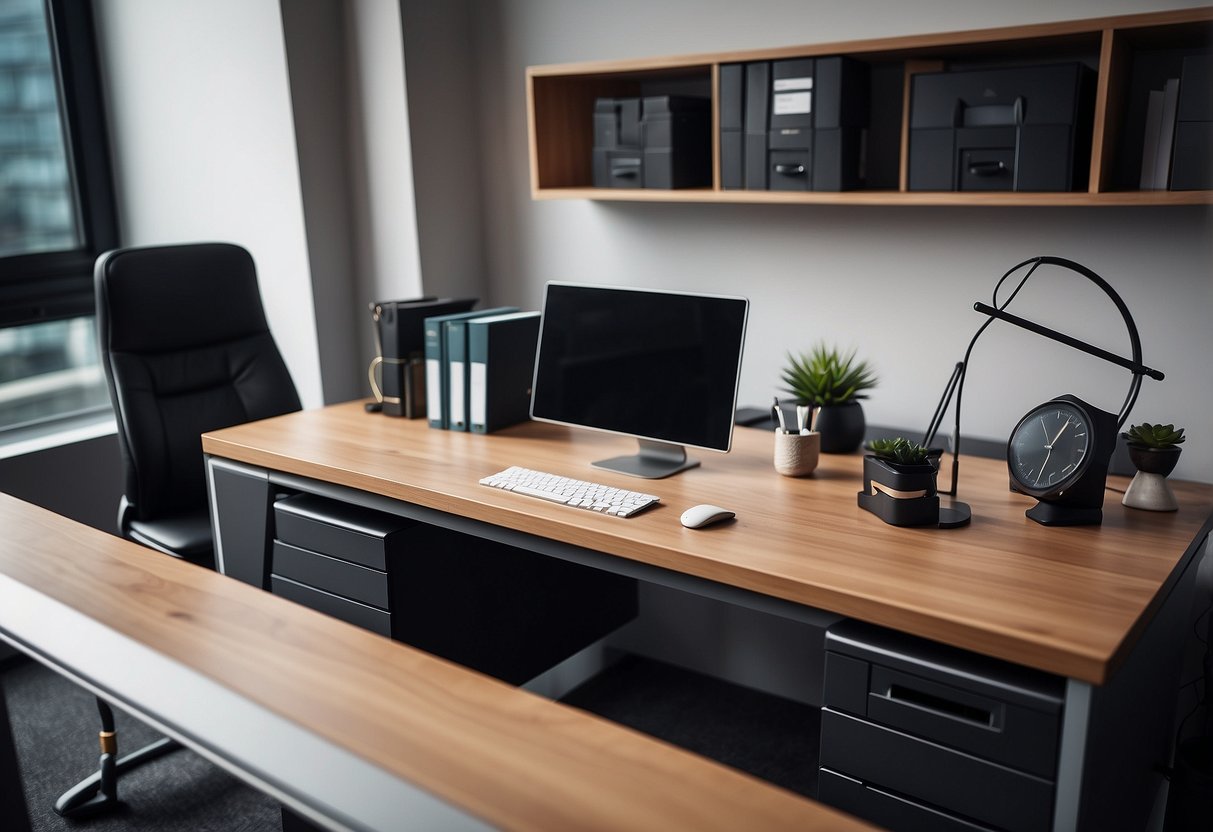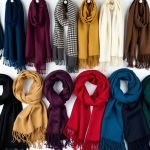
Navigating the modern workplace requires more than just skill and ambition; the way you dress can significantly impact your professional image and career progression. In today’s evolving business environments, dressing for success entails understanding the balance between professionalism and modern style. It’s not merely about adhering to a dress code but about presenting oneself in a manner that embodies confidence, competence, and readiness.
Finding the right professional attire can be a challenge with the diverse interpretations of what constitutes “appropriate” in various industries. From business casual to formal wear, knowing how to adapt your wardrobe to different professional settings is vital. Each choice you make in your attire sends a message to colleagues, clients, and managers, influencing how you are perceived in the workplace.
Incorporating pieces that reflect both your personal taste and the expectations of your profession can lead to greater self-assurance and better opportunities. The right outfit can make a substantial difference, whether you’re attending a crucial meeting, delivering a presentation, or networking with peers. This guide will explore essential tips for dressing for success to help you make informed choices that align with modern professional standards.
The Psychology of First Impressions
When meeting someone for the first time, attire and demeanor significantly influence perceptions and interactions. This influence stems from both visual cues and the relationship between clothing and self-confidence.
Visual Impact and Perception
The way a person dresses leaves a lasting visual impact. People quickly form judgments based on clothing, associating specific traits with certain styles. For instance, well-fitted professional attire often signals competence and reliability. Bright colors can convey energy, while darker hues may suggest authority.
Attention to grooming and accessories also affects perceptions. A polished appearance hints at meticulousness and attentiveness. These visual elements act as shortcuts for others to evaluate someone’s role and personality quickly. Thus, dressing thoughtfully can influence professional rapport and opportunities.
Interplay of Attire and Confidence
What one wears can affect their own sense of confidence. Wearing professional attire enhances self-esteem and how one carries oneself. This boost in confidence often translates into more assertive and positive interactions with colleagues and clients.
Conversely, feeling uncomfortable in one’s clothing can dampen confidence. For instance, overly casual or ill-fitting attire might lead to self-consciousness. Choosing clothing that aligns with one’s personal style while fitting the professional environment is key. This balance helps individuals project confidence and capability in varied workplace scenarios.
Decoding Dress Codes
Navigating workplace attire can be challenging, as each dress code demands a specific approach. Key considerations include formality, context, and industry practices.
Business Formal
Business Formal attire is the epitome of professionalism. This dress code often includes tailored suits, usually in dark colors like navy, black, or gray. Men should wear a matching jacket and trousers, a dress shirt, and a conservative tie. Leather shoes and belts are essential, and grooming should be impeccable. For women, a tailored suit or a skirt suit with a blouse is appropriate. Closed-toe shoes and minimal accessories complement the look. Attention to detail and quality of fabric are crucial in maintaining a polished appearance.



